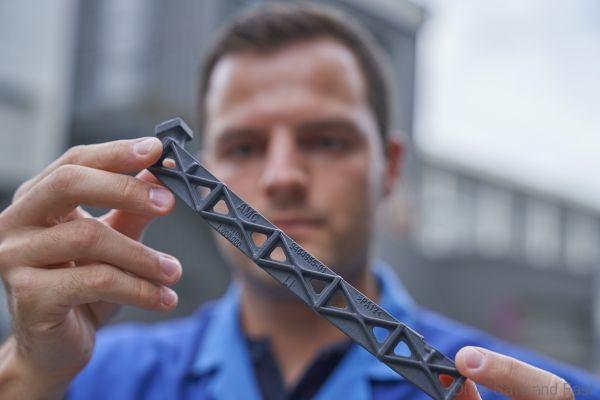At the BMW Group, the use of 3D-printed components is on the rise. Over the last decade alone, the company produced a million parts by this innovative method, and this year output from the BMW Group Additive Manufacturing Center is expected to reach over 200,000 components — a 42 percent increase on last year’s total.
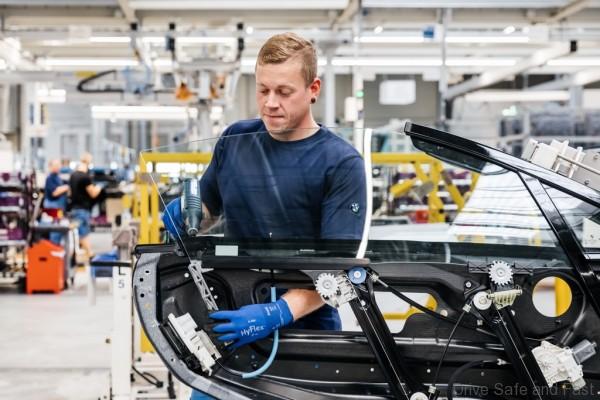
Recently the BMW Group fitted its one-millionth 3D-printed component in series production: a window guide rail for the BMW i8 Roadster. Thanks to the work of specialists at the Additive Manufacturing Center, the rail took just five days to develop and was integrated into series production in Leipzig shortly after. It is found in the door of the BMW i8 Roadster and allows the window to operate smoothly. The component is manufactured by HP Multi Jet Fusion Technology, a high-speed method enhanced by the BMW Group in conjunction with HP and now in use in the series production of vehicles for the very first time. It can produce up to 100 window guide rails in 24 hours.
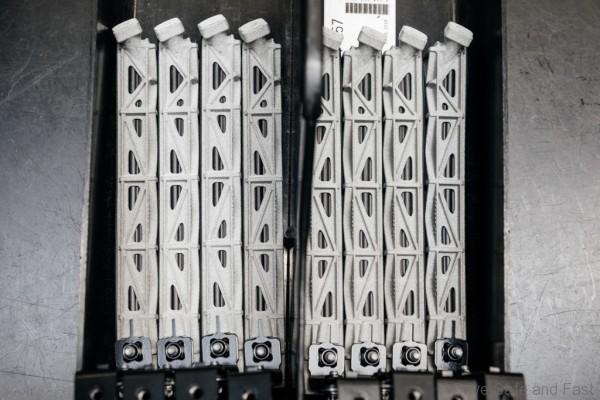
BMW i8 Roadster now incorporates two additively manufactured components
The window guide rail is the second 3D-printed component in the BMW i8 Roadster. The first was the fixture for the soft-top attachment, which is also produced at the Additive Manufacturing Center in Munich. Made of aluminium alloy, the metal component weighs less than the injection-moulded plastic part that is normally used but is still considerably stiffer. Its importance has already been recognised with an Altair Enlighten Award in the category for Modules this year. The accolade honours lightweight innovations in the field of subsystems and components.
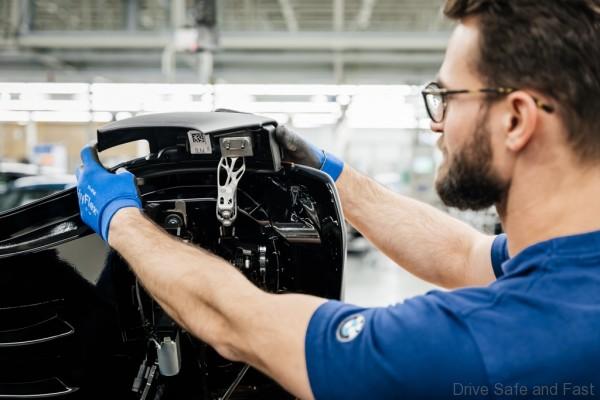
Additive manufacturing fulfils customers’ wishes
Meanwhile, the personalisation of vehicles and components by customers themselves is also becoming more and more important. With the MINI Yours Customised product initiative, customers can design selected components themselves, such as indicator inlays and dashboard trim strips. They create their designs at the online shop (www.yours-customised.mini), and the parts are then 3D-printed to specification.
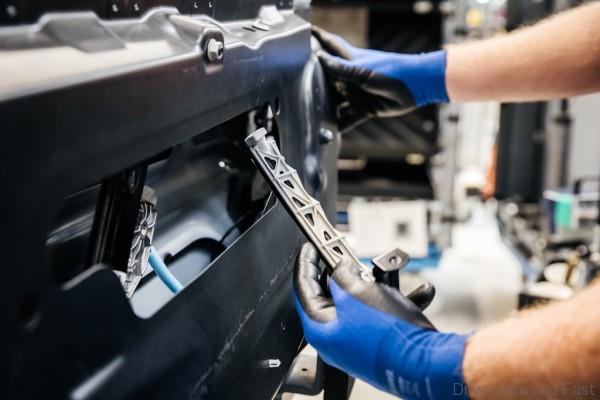
Advanced and customer-focused in equal measure, MINI Yours Customised was honoured with a special accolade: the gold German Innovation Award presented by a foundation called the German Design Council (‘Rat für Formgebung’).
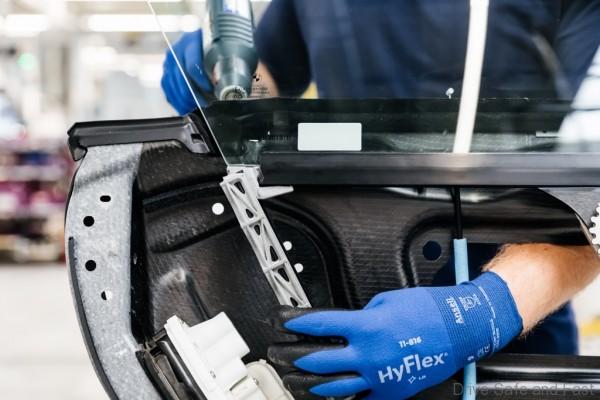
The BMW Group is constantly exploring ways of using additive manufacturing to the customer’s advantage.
Additive manufacturing for series production
For the BMW Group, additive manufacturing will be a key future production method. The company first began using plastic and metal-based processes back in 2010, initially for the production of smaller series of components, such as the water pump pulley for DTM vehicles. Further series applications followed in 2012, with various laser-sintered parts for the Rolls-Royce Phantom. Since last year, the fixtures for fibre optic guides in the Rolls-Royce Dawn have also been 3D-printed, and the luxury brand today incorporates a total of ten 3D-printed components into its products.

The BMW Group has been quick to capitalise on its experience, identifying potential uses for additive manufacturing technologies early on.


